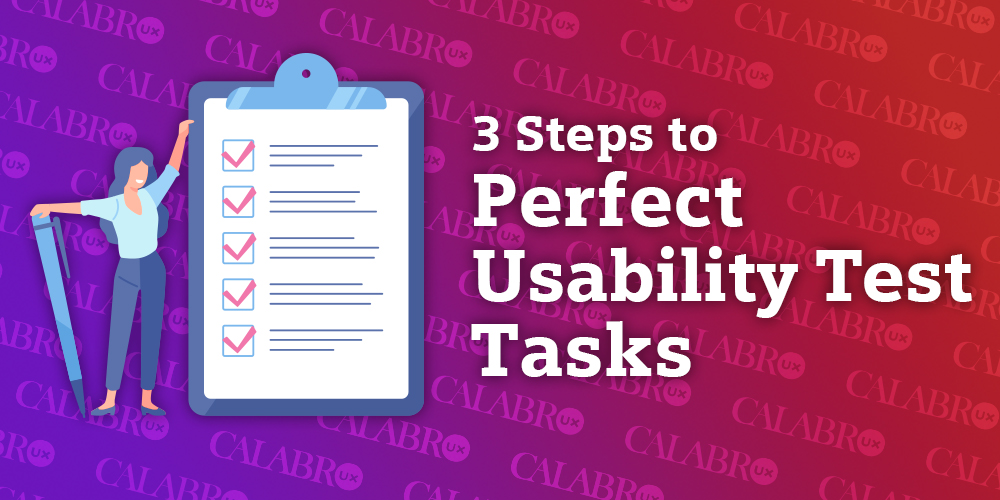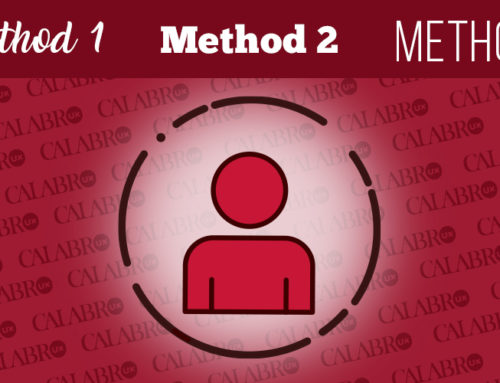I’ve received feedback that picking useful user tasks is the hardest part of signing up for a free usability test through the 1000 FREE Usability Tests Project web form. Following these 3 steps will ensure you pick significant user tasks for usability testing.
Step 1 – Include the most critical use cases
The best way to define essential use cases is by asking yourself the following questions:
- Are there any tasks people ABSOLUTELY NEED to do on my site/app to fulfill a promise? For example, if your website promises customers, they can purchase birdseed, buying birdseed is a critical task.
- Is there any information people ABSOLUTELY NEED to use my site/app? For example, if you require proof of bird ownership to buy birdseed, finding that information is a critical task.
- Is there anything that can happen during a task that would prevent the fulfillment of a promise? For example, if while finalizing your birdseed order you encounter a required field that says, “type in your proof of bird ownership identification number here,” that error is a critical use case.
The tasks you answered yes to for the questions above are the start of your task list. Since these are critical, they must be included in your usability test to get accurate results.
Step 2 – Include the most common use cases
A trick for identifying the most common tasks is to use the Pareto principle, otherwise known as the 80/20 rule. Make a list of things users can do on your site/app and categorize those things into these 4 buckets.
- Almost everyone will do this
- Most people will do this
- Less than half of the users will do this
- Only a few people will do this
Add the tasks identified under buckets (1) and (2) to the list you came up with in Step1.
Step 3 – Don’t repeat alike tasks
Now that you’ve defined the most critical tasks and identified the common tasks, the next step is to get rid of duplicated tasks. Do this by going through each task yourself, step by step, and see which tasks have similar workflows. For example, if finding information about the cost of birdseed bags and finding information about the weight of birdseed bags have the same steps in their workflows, those are like tasks.
Once you’ve identified like tasks, group them into sets. Then, pick one task per group that best represents that set of tasks and delete the rest. Add the left-over tasks to your working list, and now you have your ideal tasks to test!
Caveats
Q: What if after I complete the 3 steps, I have less than the 10 tasks required to conduct a test?
A: Great question, you may find yourself with less than 10 tasks after the “deleting alike tasks” step. If that is the case, go back to step 2 and grab some tasks out of bucket (3).
Q: What if I’m not confident I identified all my most common tasks?
A: There is a high likelihood that this might be true. If you find yourself asking this question, reach out to others for their feedback. Asking a handful of real users what they do on your site/app is the best way to have confidence you got all the most common tasks.
Q: Is finding something that my site/app links to externally something I should test?
A: Yes! If you have identified something external as critical or common, you should include that task in your test. A great example of this is finding your company’s Facebook page or subscribing to your CEO’s blog.
Following these steps will make coming up with user tasks a breeze. It’s the best way to ensure you get useful data out of your testing. This exercise also serves as an entry point to user-centered design thinking. This tactic, Mr. Miyagi style, rewires your brain to think about tasks from your users’ point-of-view. (wax-on, wax-off = brilliant ninja)
Pick your perfect usability tasks here and learn how your users really behave so you can build what they actually need.



